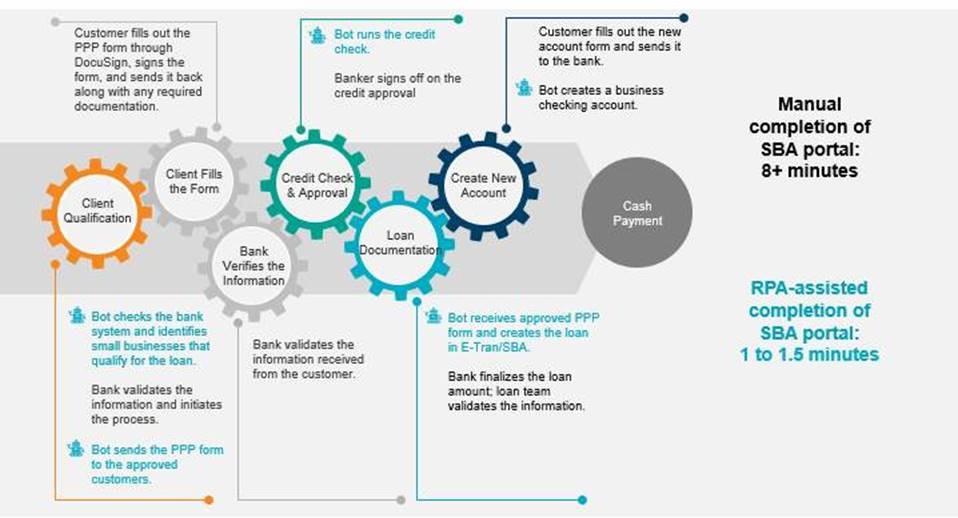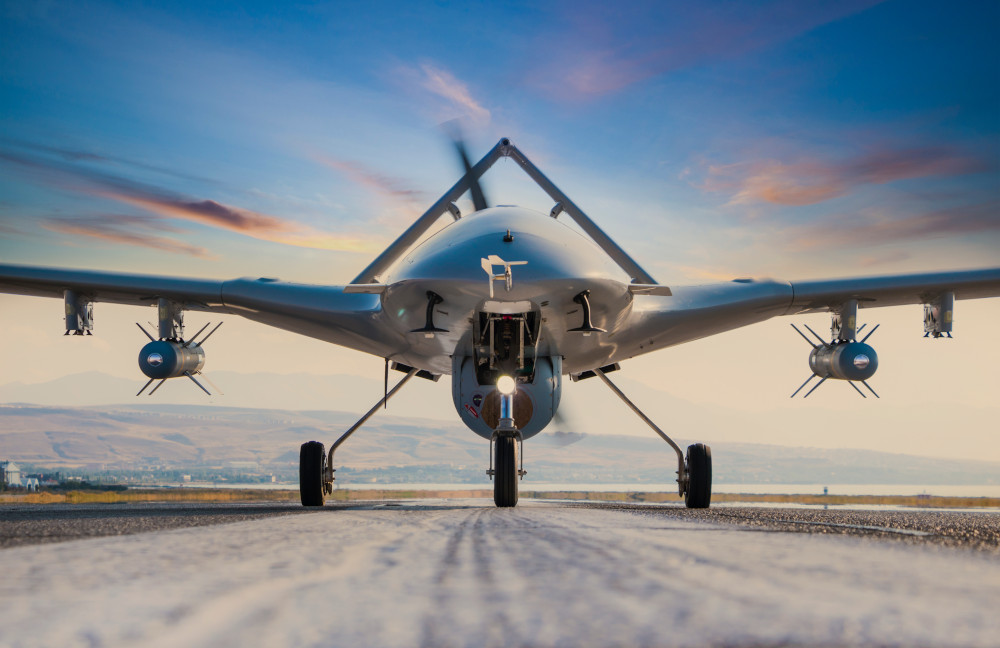As the world adapts to new ways of working, institutions are looking to quickly adjust and launch new capabilities that can allow for new ways to engage and collaborate with their employees, partners and customers. The COVID-19 pandemic has further accelerated the need for organizational readiness and resilience in today’s ever-more-digital environment. Enterprise architects should be focusing on their adaptability and scalability of employee, partner and customer-facing applications, as well as PA and systems integration that allow for data and capability sharing across business units and business processes within an organization.
As a result of the pandemic, many processes are likely to experience significant change, some permanently. Consequently, many business capabilities may need to be reviewed due to processes being suspended or retired, adjusted to adapt to a changed business environment, replaced or extended due to a merger/acquisition, expanded due to significant adoption, modified to improve business resilience and continuity or digitized to accommodate new, rapidly introduced products and services.
Firms that can readily adapt to unexpected shocks like COVID-19 will have a much better chance of responding to both risks and opportunities in the future.
Achieving Rapid Solution Delivery at Scale
Organizations that have implemented a robust, mature enterprise architecture often have the advantage of a well-defined and nimble API and workflow orchestration solution that can readily accommodate new workflows and leverage APIs. Additionally, they can do so for higher volumes of data and with high degrees of resilience.
Many organizations, however, do not enjoy this flexibility. They are dependent on systems that are human-operator centric and can only be enhanced after weeks or months of planning, design, testing and implementation. In these organizations, a robust Intelligent Process Automation (IPA) solution could be ideal for reliably capturing large amounts of real-time transactional data into traditional systems, by simulating human operators.
These automated process enhancements, while not ideal if left to proliferate unchecked (they will introduce their own complexity management issues over time), are ideal to enable firms to transition from one operating model to another – especially when it is not clear what the target operating model will look like going forward, or for how long it will be needed.
Benefits of Cloud-Based Models
For organizations that have already made the move to cloud, the sudden change in capabilities needed to support a massively changed business environment can be addressed rapidly, and costs can be managed through effective deployment of the “elastic capacity” that cloud environments provide.
For processes which have experienced a sudden reduction in activity, capacity can be scaled down, resulting in a near-immediate reduction in infrastructure costs. In addition, server resources which are no longer needed can simply be turned off.
Some solutions may even be candidates for “serverless” cloud services, which would mean infrastructure costs are incurred only on a per-transaction basis, ideal for situations where transactions are few and far between, but processing needs are high. This means some business solutions can continue to be offered, but at a vastly lower infrastructure cost run-rate, which may make them still viable.
Conversely, cloud environments which suddenly experience demand that may be orders of magnitude above normal usage can be quickly adjusted vertically (higher capacity CPUs, memory and/or networking) or horizontally (more machines to do the work) to cope with the extra demand.
Note that while cloud provides all the above flexibility, many firms are tempted to lock-in costs for a fixed period to reduce their recurring costs. If such “reservation” costs are too high, then a sudden change in business climate may not yield any short-term savings, although the option to rapidly re-allocate cloud resources from low-need to high-need use cases will still be there. This benefit also applies for private, on-premise clouds.
And of course, cloud has the huge advantage that all cloud work can be done remotely: no physical presence is required to install or configure servers, networks, storage, etc., as this is all handled by the cloud providers.
The Cost of Technology Obsolescence
During times of crisis, capabilities which are inflexible often become much more visible. Processes which have been carrying out activities reliably and without fuss for years may prove to be hopelessly inadequate when solutions are required to be delivered in a matter of weeks instead of months.
An example that has reemerged during the COVID-19 pandemic is the continued use of COBOL by many enterprises. Although COBOL has long been considered an outdated language, it remains at the heart of many enterprises and government systems, reliably performing many mission-critical tasks. However, changes to COBOL systems may often take months, due to the rigid processes and infrastructure that surround these aging systems. To make matters worse, there are relatively few COBOL developers, and those numbers are dwindling as people with this skill retire. So, while obsolescence may not immediately introduce operational risk, it can introduce change risk, as it may not be possible to implement key process changes at the speed desired.
Net, firms need to look critically at their core capabilities and assess if there are scenarios where rapid changes might be needed in response to events beyond the enterprise’s control, taking into account the skills and capabilities of their own staff as well as the wider market, noting that even if skills can be acquired, it can take months for those skills to be applied productively to a specific environment.
Guiding Principles
As the pandemic impacts everyone, there are a few key guiding principles architects can follow, such as:
- Get involved in the development of new capabilities in reaction to the new ways of working – at the very least to bless the design and ensure organizations are not creating technical debt of significance.
- Define or modify an API framework that allows for quick API development, connecting applications internally that share data and can open doors to produce insights and drive customer-facing offerings.
- Focus on speed, coupled with alignment to technology principles, as opposed to speed only. Technology decisions today can seem like the only path forward with customers and partners, but an architect’s vision can promote long-term strength and scalability of those offerings to their end users once the pandemic subsides
- Security and resiliency should be a focus of every architect. Build for a stronger tomorrow. Build as if this is not a temporary offering, but a part of the new norm for the organization’s interaction with end users.
Case Study: Paycheck Protection Program
As a concrete example, consider this case study detailing how a top 50 U.S. bank handled the rapid introduction of the Paycheck Protection Program (PPP) in the U.S., a program designed to facilitate rapid loans to employees furloughed during the crisis. It is administered by the U.S. Small Business Administration (SBA), which captures applications for the loans.
With the PPP, the key processes in the typical loan application value stream that are impacted are:
- Qualification
- Documentation
- Funding and Booking
- Funded
The loan application is 100% digital, as creating and/or processing paper forms cannot happen in the timeline of a pandemic. In addition, the number of applications could be expected to be in the tens or hundreds of thousands over a short period of time for any given financial institution. So, a flexible, scalable and resilient solution is needed — in a hurry.

In this scenario, a robotic process automation (RPA) solution quickly provides a scalable, resilient bridge between a rapidly built national front-end data capture system and company-specific internal systems. This happens in ways that do not require re-keying large amounts of data or building proprietary integration mechanisms at short notice, in situations where internal systems lack the necessary integration solutions such as APIs and workflow orchestration.
Conclusion
Keeping pace with an ever-evolving today, while maintaining adherence to the guidance principles for tomorrow, will ensure architects are focused on assisting with both near and long-term growth. The continuing digital revolution – accelerated by the pandemic – will introduce new capabilities. Having the right target operating model with an adaptive framework of principles will result in the ability to safely launch new capabilities to the architectural integrity of the organization.
Samir Datt, and Ed Page, both Managing Directors with Protiviti’s Technology Strategy and Operations practice, contributed to this content.






